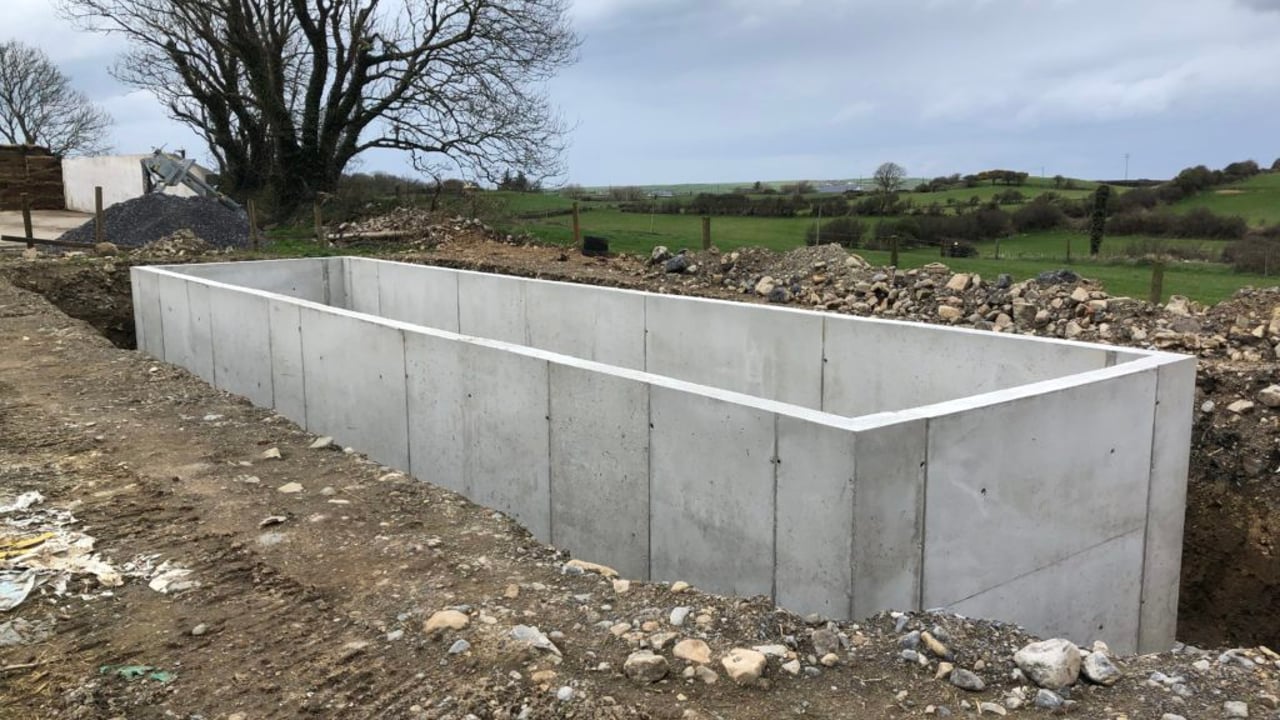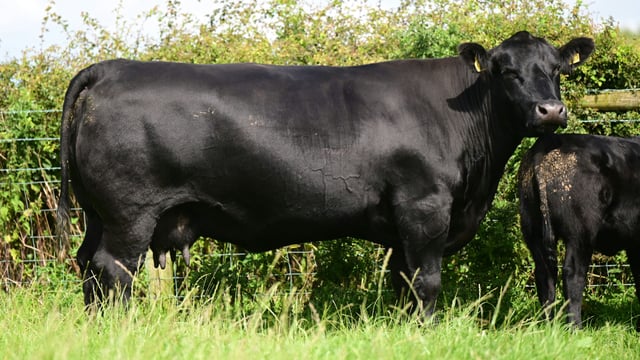Dairy advice: Should you avail of the 60% nutrient storage grant?
The Targeted Agriculture Modernisation Scheme 3 (TAMS 3) offers grant aid for farmers to upgrade or develop their nutrient storage facilities.
With the weather becoming more unpredictable in recent years, especially in the shoulders of the year, having more nutrient storage is vital.
The reality is, that farmers are most likely going to see an increase in slurry storage requirements as a result of ongoing research to determine if current storage requirements figures are accurate.
The Department of Agriculture, Food and the Marine (DAFM) has requested Teagasc to complete research on whether the current 0.33m³/cow/week requirement for farms is accurate.
The findings of this two-year study so far show that slurry storage requirements may have to be increased by as much as 20% and by 30% for soiled water storage.
If farmers are thinking of putting in new tanks this spring and into summer, it would be wise to account for this potential increase in requirements.
From a water quality perspective, and ensuring the best use of your slurry and utilising your nutrients effectively, having a comfortable amount of slurry storage is crucial as it allows for farmers to apply in during optimal conditions.
If it is a thing where you do not have enough slurry storage as it is, you will not qualify for the grant as all farmers applying for TAMS 3 tanks must comply with farm waste and nutrient storage requirements before applying.
Required storage is determined by the previous winter’s livestock profile, nutrient storage levels, and the area declared on the BISS application.
So, farmers who fear running short on slurry space in the next couple of years should avail of the grant before they are non-compliant and unable to avail of it.
Also, with requirements likely to increase, it is best to stay ahead and get the best use of your slurry by spreading in favourable conditions and not when there is no choice involved as the tanks are overflowing.
Under TAMS 3, all farmers can now avail of a new 60% grant aid for specific nutrient storage investments and include: manure pits; mass concrete tanks, including precast tanks; circular slurry stores; and geo-membrane-lined stores.
These specific nutrient storage investments items will attract a 60% grant aid, and will have a separate ring-fenced ceiling of €90,000.
It is advised for farmers to assess their current storage and capacity needs to see what is required, bearing in mind a potential 20-25% increase from the current 0.33m3 per cow/week.
Farmers needs to discuss their current facilities with their local agricultural advisor to ensure eligibility and to get advice around the right siting and design to make sure the tank is fully fundamental for now and the future.
Farmers will need to undergo the building specifications with an engineer and planner to make sure the build meets TAMS 3 specifications.
Planning permission is next, as investments under the Nutrient Storage Investment Scheme require it and this could take up to three months to get over the line.
Once planning permission is received, farmers should submit their application through the TAMS 3 portal, ensuring that all documents are included.
These fixed investments must not proceed without full approval, which may take up to five months from the closing of the tranche.





